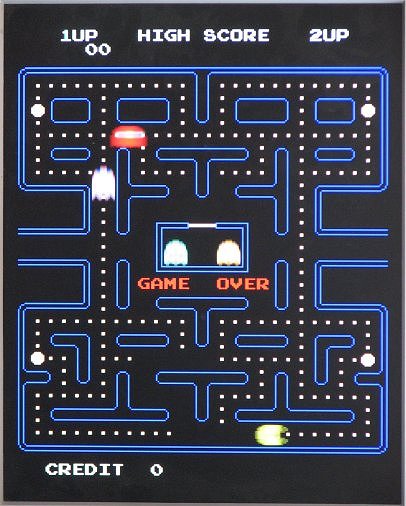

- TRANSFER DATA FROM PIXEL TO COMPUTER HOW TO
- TRANSFER DATA FROM PIXEL TO COMPUTER INSTALL
- TRANSFER DATA FROM PIXEL TO COMPUTER PATCH
- TRANSFER DATA FROM PIXEL TO COMPUTER ANDROID
- TRANSFER DATA FROM PIXEL TO COMPUTER SOFTWARE
Documents/platform-tools/) using the cd command: On macOS/Linux: Launch the Terminal and change its directory to the folder where ADB has been installed (e.g.Then select the “Open PowerShell window here” or “Open command window here” option.
While holding the SHIFT key, right-click on any empty space inside the folder.
TRANSFER DATA FROM PIXEL TO COMPUTER INSTALL
TRANSFER DATA FROM PIXEL TO COMPUTER ANDROID
But if you’re new, then you must first prepare both your PC and your Android device before you can start transferring files using ADB Push/Pull commands. If you’re a developer or someone who often keeps fiddling with your Android phone’s software, you might already have everything set up and ready-to-use on your PC.
TRANSFER DATA FROM PIXEL TO COMPUTER HOW TO
Now that you know when you might need to use the ADB Push and ADB Pull commands, let’s get to the instructions on how to use them to transfer files. If you’re a developer, then you can use ADB commands to push or pull files like logs, reports, or APKs to or from your Android devices pretty quickly. And ADB is probably their best friend, which not only helps them in debugging but also makes the process much easy. You can use the command to pull the patched boot image from the device to the PC.ĭevelopers often go through cycles of testing and debugging during the development process, and also after it, to iron out bugs/issues. And this is when the ADB Pull command can specifically be helpful. Transferring the image via MTP/File Transfer mode is known to corrupt the file. Now before you can flash the patched boot image to your device, you must first transfer it from your device’s storage to the PC.
TRANSFER DATA FROM PIXEL TO COMPUTER PATCH
So, you can use the ADB Push command to transfer zip files to a temporary directory ( /tmp/*) and flash it right from there.Īnother situation is while you’re installing Magisk on your device, in where you patch the stock boot image using Magisk. But that shouldn’t stop you from flashing files either. TWRP for your specific device could still be in development. This is quite common with newer Android devices running the latest Android version (e.g. Sometimes, TWRP cannot even decrypt the data partition, which means you could not access your phone’s internal storage to flash ZIP files. In such a case, you can just connect your Android device to the PC and use the ADB Push command to copy files from your PC to your device. You’d realize that the flashable ZIP of the custom ROM that you transferred has been erased (Don’t worry, it happens to the best of us). Let’s say you’re in the midst of flashing a custom ROM which requires you to wipe the OS in TWRP, sometimes even the data partition/internal storage. For an Android enthusiast (a.k.a flashaholic) But it makes sense to be acquainted with these commands just in case you might need them.Ģ. Set up network sharing on both computers, and you're good to go for PC-to-PC file transfer.Note:This is not the ultimate solution, you’d still need to troubleshoot your PC and resolve the issue with the USB drivers.īasically, using ADB Push and Pull commands isn’t something that an average Android user might need. Make sure it's a crossover Ethernet cable (i.e., the color patterns on one end don't match the other). Windows/Mac/Linux to Windows/Mac/Linux: Use an Ethernet cable to build a local area network without a router. Once you do that, both computers should detect each other, and transferring files is as simple as dragging and dropping them between systems. Mac to Mac: You can connect two Mac computers via the proprietary Thunderbolt cable. Once ready, launch the transfer app on both computers, and you can now begin transferring files.
TRANSFER DATA FROM PIXEL TO COMPUTER SOFTWARE
Once you've installed the USB cable's driver, download and install the data transfer software for both computers. Wait until both computers recognize the cable and they automatically install drivers. Windows to Windows: If you're transferring files from one Windows computer to another, plug the USB cable into both computers. When using external drives, you are basically transferring between three drives-but cables reduce that to two drives. It's faster than using drives since the copy-and-paste process happens simultaneously between the connected systems. For computer-to-computer transfer, you need a USB bridging cable or a USB networking cable.


 0 kommentar(er)
0 kommentar(er)
